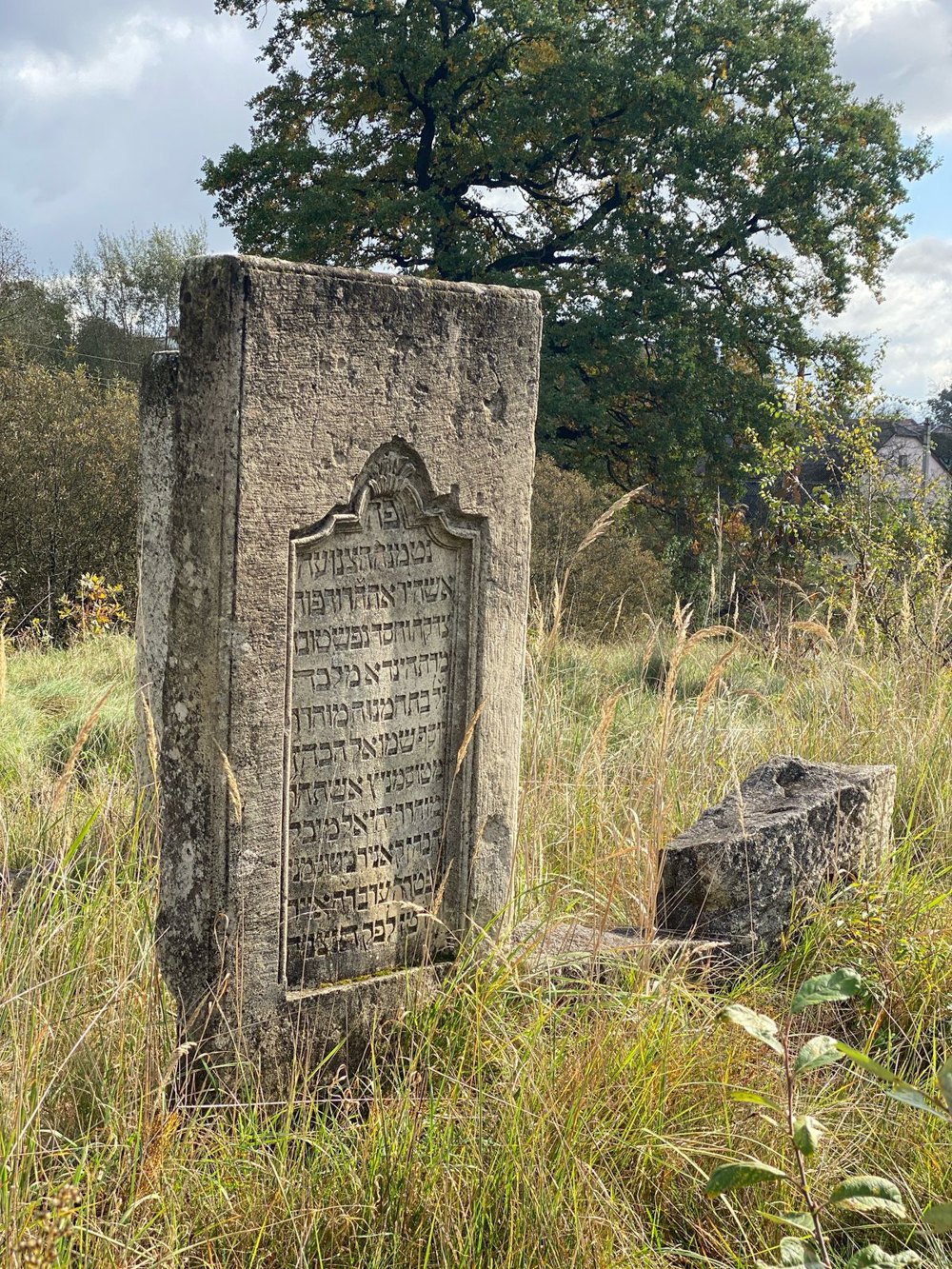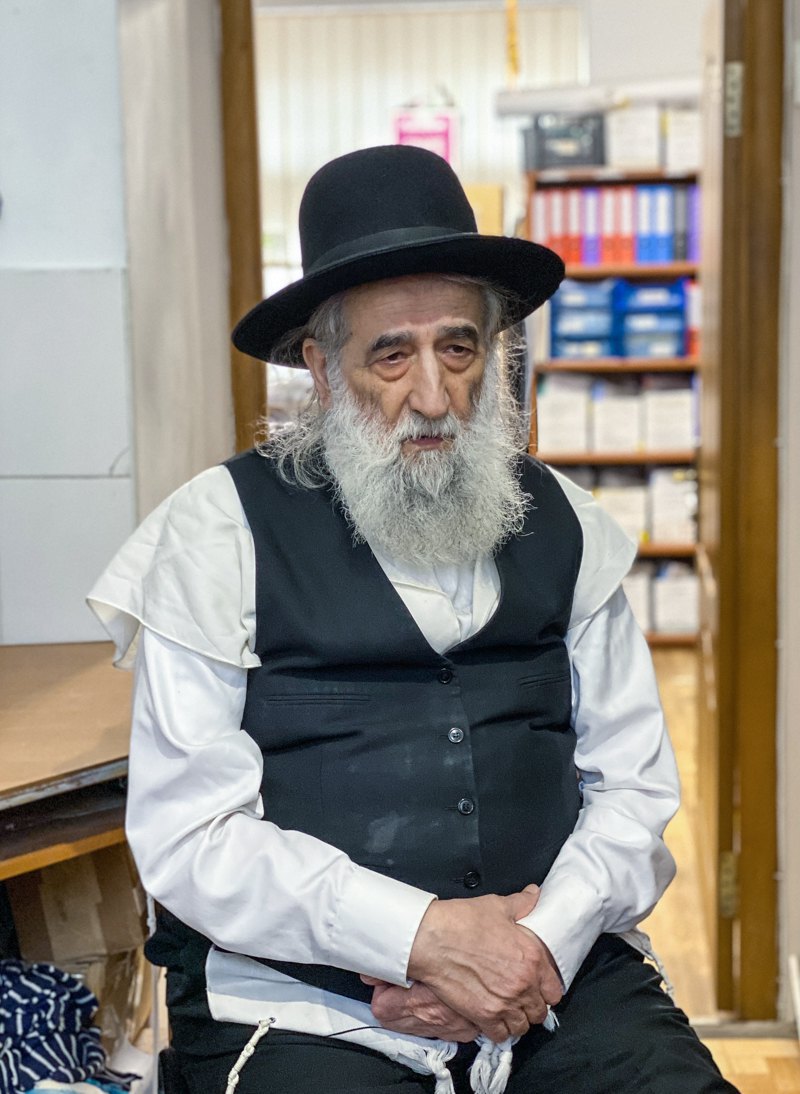
There is the village of Rozdil in Lviv Region – a unique historical place where Ukrainian, Jewish and Polish cultures have come together. Researching its history, it is surprising how well these communities coexisted. The Jewish community of Rozdil made up more than half of the town’s population. They had the privilege of settling in the city centre.
What you said is very important because it really intertwines very well with Jewish–Ukrainian history. It was a Ukrainian Switzerland, so to speak. People lived here in community for a long time until those difficult years of political discourse began – the communist and Nazi movements.
Although historians interpret these periods in different ways, I think historians are guilty of a lot because they don’t look at the panorama – they base their research on individual facts. And this is difficult, because under Soviet rule, most archives were destroyed, and even those that remained have not been researched. In Lviv, the Central State Historical Archive has 300,000 files on Jewish history and Jewish participation in the civilian life of Galicia.
You see, the Jewish presence has the following peculiarity: in order to glorify the name of the Almighty, Jews accumulate all the best that is available in the environment in which they live, in order to embody love for the Creator. And they engage the work of the best craftsmen and specialists in various art forms – so even what remains is still exceptionally unique. Unfortunately, much of this heritage was destroyed during all those tragic events.
Cultural heritage contains many different elements of harmony in life and is the best evidence of the tolerance that has existed here for centuries. As the Ukrainian nationalist and dissident activist Iryna Stasiv-Kalynets said, “cultures do not fight.” When the full-scale war began, many correspondents from various news agencies in America, the UK and Europe came to see me. I told them that there is a unique Jewish historical and cultural heritage that proves life here was good. And Putin’s accusations that there are Nazis in Ukraine are unfounded and unproven. After all, if it were not for German National Socialism – which committed the Holocaust in Ukraine – there would have been no reason to exterminate Jews, as they were integrated into civilian life. The bloodshed took place solely because of personalised political interests.
In 2012, I organised a meeting between the Minister of Culture of Ukraine and the Jewish community of New York. There were grey-haired rabbis who said that the attraction of Jews to Ukraine will never dry up – because it is a holy land where our outstanding righteous people, sages, teachers – whose ancestors survived the Holocaust and continue to pursue the path to everything beautiful in this world – are buried. It was very moving.
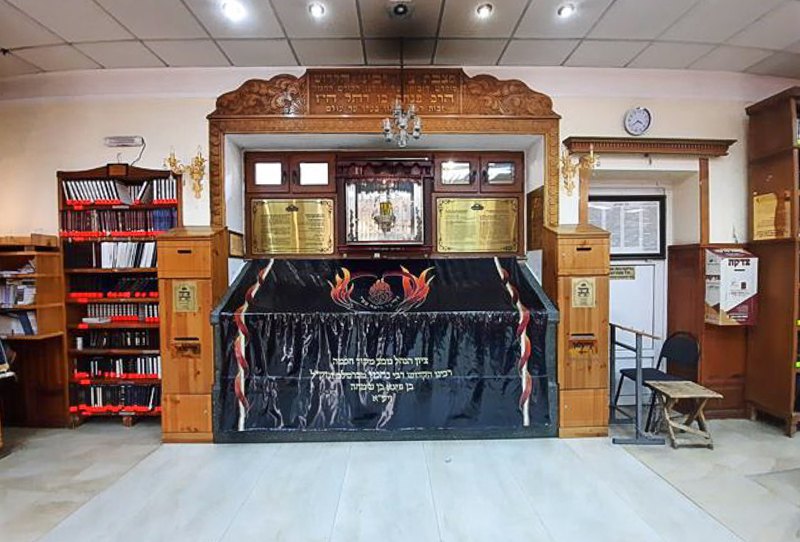
Important for all parties.
Yes. Because it wasn’t done exclusively by Jews – it was done as a group. The attitude of Jews towards other peoples is fundamentally positive from the point of view of humanity.
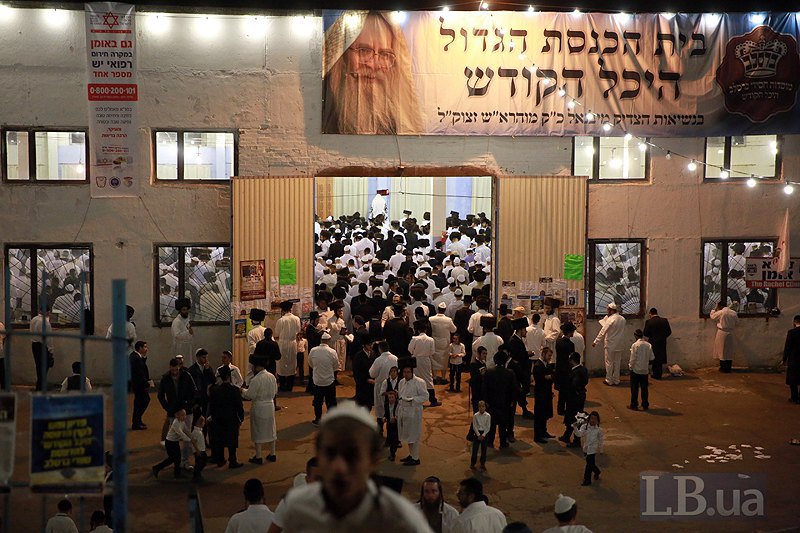
Human civilisation is built on migration, and this fate did not escape Rozdil, from where Jews began to leave in the late 19th and early 20th centuries. The story of Mark Zuckerberg’s great-great-grandfather’s migration to the United States is worth mentioning. Some of the Jews from Rozdil made it to Chicago and settled in New York. What is the approximate geography of their settlement?
Jews are very international. They live everywhere. Moreover, Rozdil is not so exclusive – it was a galaxy of communities led by rabbis that included the towns of Komarno, Rozdil, Zhydachiv and Khodoriv. And they are all interconnected – they made up an outstanding Jewish community in Galicia.
And I can only say more about those who are alive today. These are rabbis who live in New York, in Williamsburg. And they are in Israel, England and Belgium – wherever there are large communities. Jews try to live there to help them practise their religious life. Because it is vital for every Jew to live in faith.
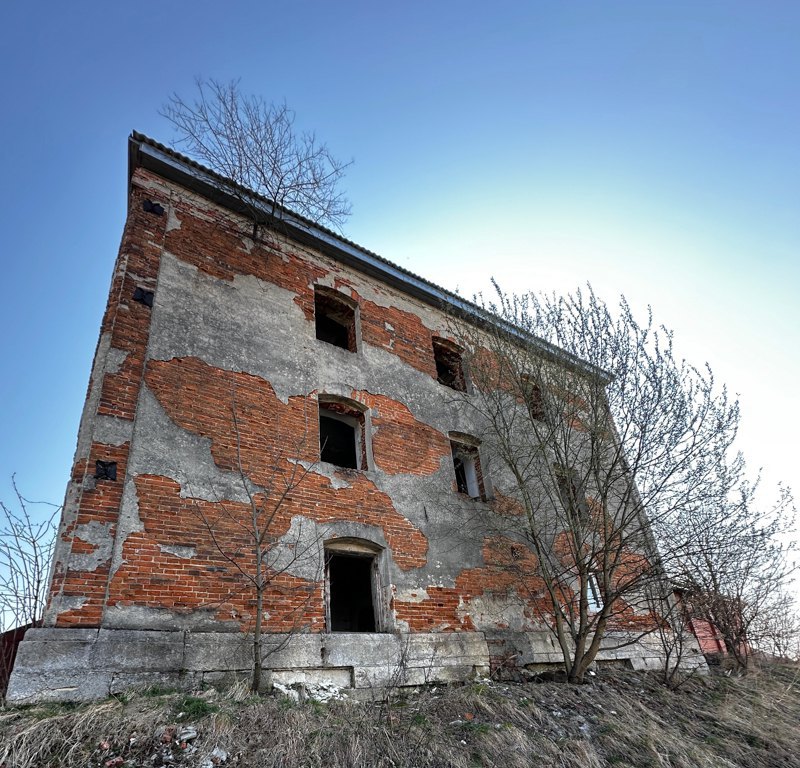
The great-grandfather of Mark Zuckerberg, one of the founders and owners of the Facebook social network, came from Rozdil. Have you heard this story?
I’ll tell you – three or four out of five American Jews are of Ukrainian descent.
I was told by local residents of Rozdil that during the Nazi occupation, Jews were herded into a synagogue and then sent to cut down wood. What kind of repression did the Nazis use against Jews?
You know that in 1942 there was the Wannsee Conference (Wannseekonferenz – a meeting of senior officials of Nazi Germany in the Berlin suburb of Wannsee). It was there that they decided to exterminate the Jewish people. There were groups that were the first to enter cities and carry out repressions – because Hitler was preparing for war. And in the 1930s, when it was not yet thought that there would be war, there were already many German agents here (in the Lviv Region). They collected the names of prominent people. In the early days of the war, the German Nazis killed Jewish leaders – it was their instrument of humiliation, to destroy communities. They shot rabbis and Jewish professors, leading scientists.
I would also like to tell you about the history of the Jewish cemetery. Around 1954, the Soviet authorities decided to build a road through the Jewish cemetery. You made efforts to restore the tent (the resting place of prominent rabbis) on the cemetery grounds. Who is buried there?
There are five rabbis buried there. For Jews, a person is outstanding because he or she gave their life to the service of G-d and people. These are the people who always kept their doors open. These are people who gave all the money they were given to the poor. They raised money to marry off orphaned girls. These are the people who ensured social peace. They actually found time for every disadvantaged person – to help them.
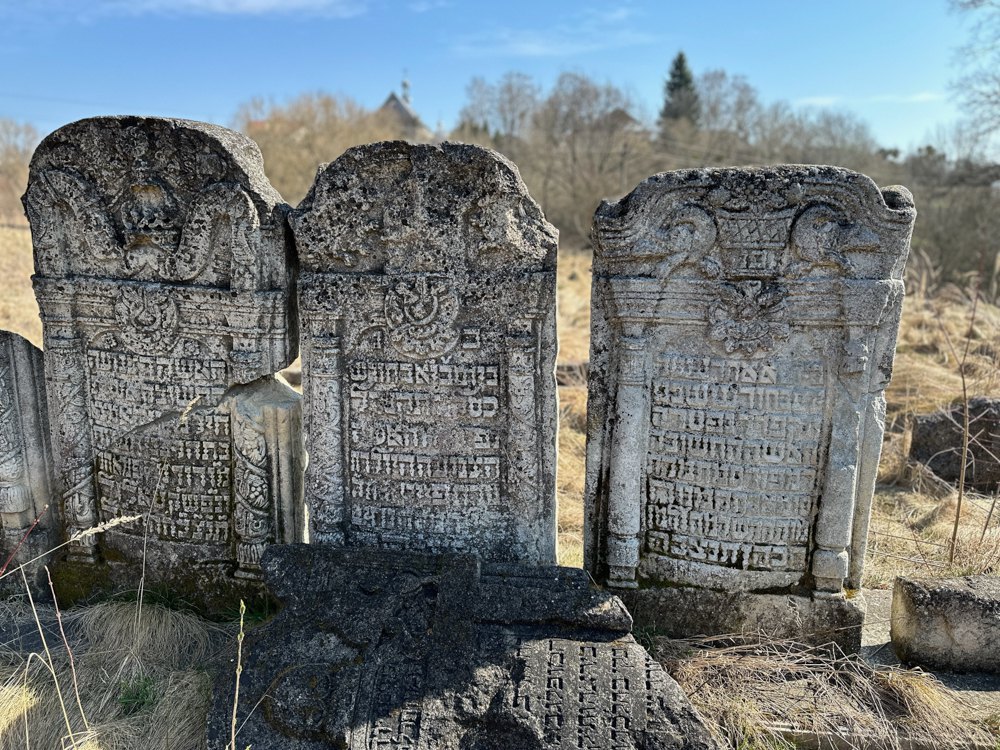
Does the rebbe who is buried have the status of a tzadik?
For example, Rabbi Zvi Hirsch lived and was buried in Zhydachiv. He lived in a house with only a room and a kitchen – but he helped over 100 orphaned girls to get married. When there was a cholera epidemic, he was not afraid and treated people. That is, he was a man who truly lived by helping others. In Przemyslany there was a rabbi named Meyer – a miracle worker. He had a very high level of spirituality. He had this custom: as much money as he was given (various donations), he immediately gave to people. He went to bed without money. There were many such outstanding people in every city of Ukraine.
Why is the cemetery important to Jews in general?
Jews also call the cemetery the “house of the living”. That is, we treat the buried as part of the living Jewish people. That’s why we call it beis ha chaim. In European terms, you know, there is such a thing as lechaim – because chaim means life, and beis means home. We don’t have a word for cemetery. There is another variant in Yiddish – heilige ort, a holy place. Heilige means holy, ort means place. That is, they are alive to us.
That is why Jews have such a reverent attitude towards the buried. This also creates respect for the living – because whoever cares for the buried, whoever protects the buried, is the one for whom the buried pray. Respect for the buried is higher than mercy – because the buried cannot defend themselves. This affects the whole system of relationships between living people. The cemetery is not considered a tragic place – it is considered a place where souls live.
I know that Jews come to this Jewish cemetery, or house of the living. Why?
When we come to a righteous person, the soul of the righteous person is present among those who pray. Since the righteous were guides to G-d during their lifetime – worried about the living, and providing for life as required by the laws – their souls are present among the prayers. On these days we read the hymns of David, which glorify the name of the Almighty. People come and pray, and their prayers reach Heaven – the soul of the righteous sends prayers to G-d. Yes, we see this as mystical, but prayers and requests are fulfilled – and this is how the connection with the spiritual realms works.
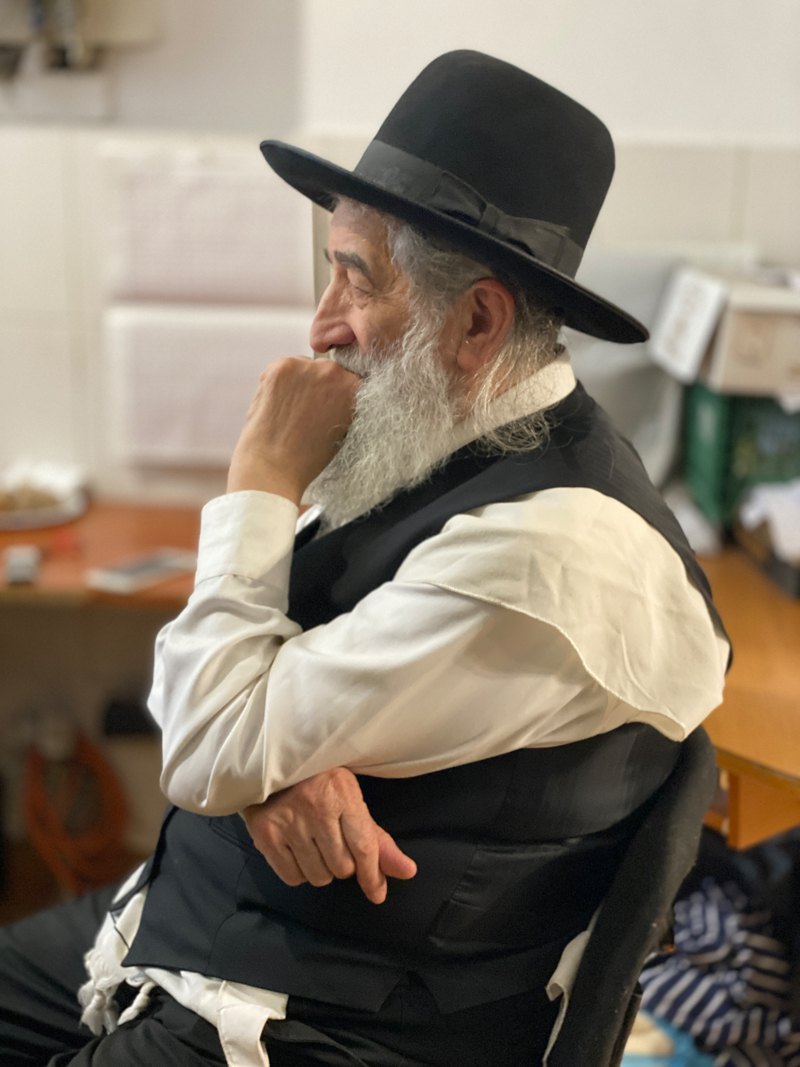
The other side of their coming is that they pray and eat together – during which they talk about the holiness of the righteous, his deeds for the glory of the Creator, about his righteousness and what it means. And it is they who bring their children here. For many Jews, coming to Ukraine to visit the holy places is a great gift for a child who is entering his or her adult life – coming of age. They come and give their child a gift for coming of age – because they take the child to meet the righteous.
This is a sacred rite that shapes the child’s worldview and awareness of the importance of his or her life – that they should do as much for people as the righteous man to whose grave they are visiting. This is a sensual element of youth education. And it is a high morality that is constantly a factor in the daily upbringing of children by parents.
Visits to cemeteries and synagogues are part of this upbringing. Jews do not come here for tourism or just for sightseeing – it is important for them and for us to preserve authenticity, because it shows the high intelligence of the society of that time.
The very fact that Ukraine was home to such outstanding Jewish righteous people who could do good testifies to the historical tolerance of the Ukrainian environment. As Yaroslav Dashkevych, a giant of Ukrainian historical geography, noted – in the history of Ukraine, long periods of good neighbourliness and tolerance were interrupted by bloodshed only because of political races.
Those cemetery tombstones are extremely valuable works of Galician stonemasonry – because they were made of sandstone, a plastic Galician stone found around Lviv, in the Carpathians, and in the neighbouring village of Demnya. Thanks to its plasticity, craftsmen could reproduce spirituality, ornamentation and scenes of Jewish ritual life in stone.
Tombstones in Jewish cemeteries are called matzevot. The epitaphs inscribed on them reveal the person’s life path – what good he or she did to glorify the name of the Almighty and for people. Because there is an unbroken connection between what is done for G-d and what is done for people – it must all be one.
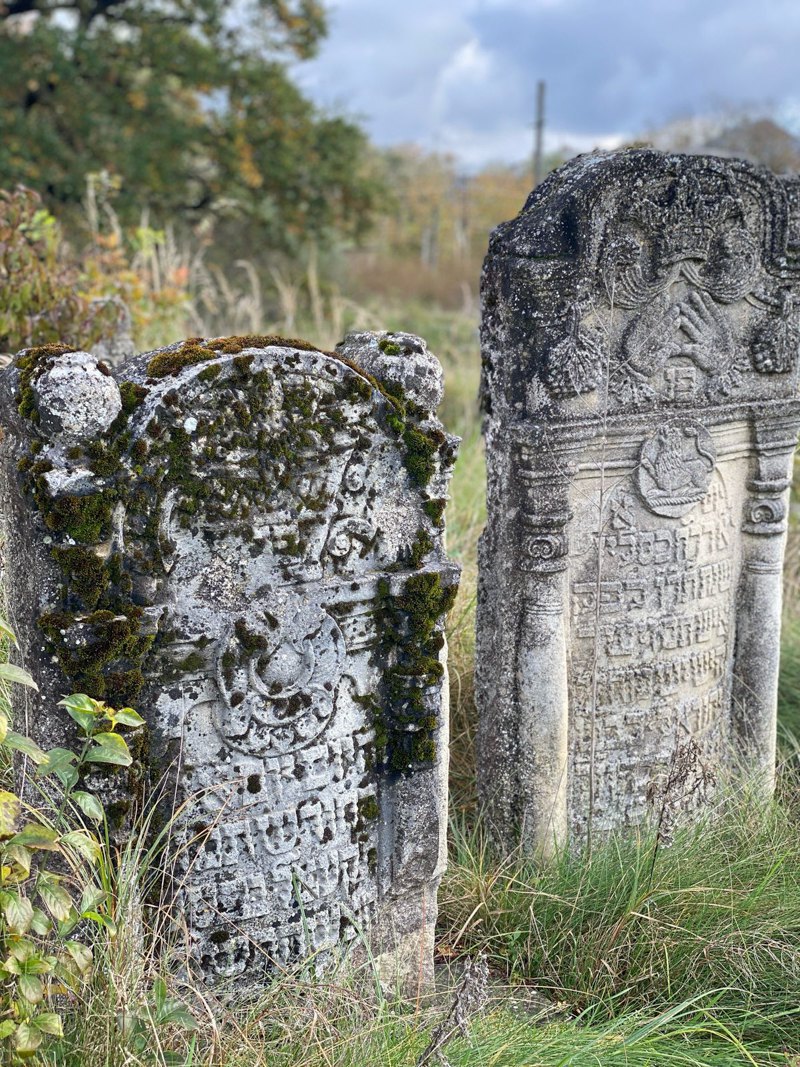
This is impressive – because then every monument, every tombstone has its own human story.
These epitaphs need to be deciphered – because they don’t just say the name and who it is from. No – we don’t live only for ourselves. We live for the band. We have to take care of everyone all the time. And then G-d takes care of us. This is how the circle closes – as we do for G-d and for people, then the Creator takes care of us. It doesn’t happen otherwise.
Nowadays, there are processes of returning to the actualisation of the heritage – in particular within the framework of the Rozdil Palace project, where we conduct historical research. Why do you think this is important?
Because it will emphasise the greatness of the Ukrainian people. Because behind the destruction that is constantly taking place – the difficulties, the lawsuits – the greatness of the Ukrainian people is neglected.
All the beautiful things that have been created could not have been created in conditions of confrontation between Jews and other peoples or in the absence of harmony. It was created precisely because it was good here. I was happy to see Ukrainians crying because they would no longer have Jews as neighbours.
They would tell me how they grew up together as children – how their Jewish neighbours treated them with great love and kindness and always gave them some kind of treat. I have met people who still remember the taste of the food that the Jews cooked.
Through my work, I feel that I can help in this revival. I have two degrees with honours – a specialist in telecommunications technology – but thanks to my education I was able to combine them, to understand how I could collect the remnants of archival documents, the fragments of what was destroyed by the Soviet authorities and the German Nazis, to put them together and reveal all this wealth.
I see that it worked – even when this unjust, brutal war against Ukraine began. Correspondents from many publications rushed to me, and I could tell them: “Stop! This is a holy land (Ukraine) for the Jews. They created a wonderful spiritual history and culture here.”
Now in the Lviv Region, as part of the Rozdil Journeys project, new tourist routes are being developed that include the aforementioned towns where Jews once lived. Do you think that the Rozdil area has the potential to create an interesting and useful nostalgic tourist route for Jews in Ukraine and the diaspora?
It could be a “Golden Ring,” as secular routes were once called. For the Jewish people, Ukraine is a holy land. Great people are buried here – and their memory must be restored if it is to be immortalised.
